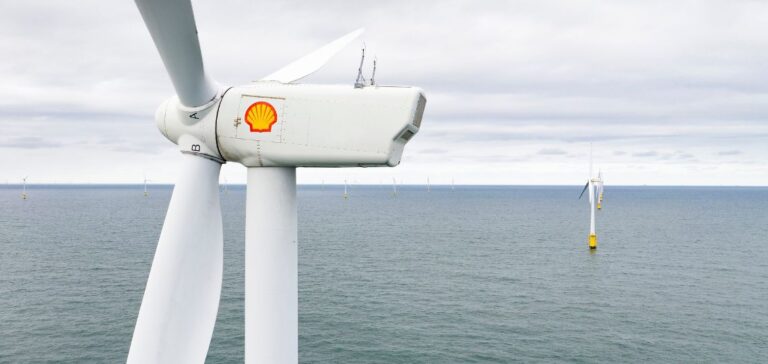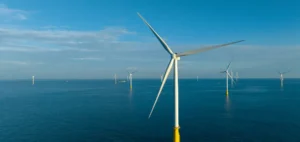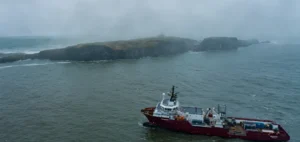Calavite Passage in Mindoro, Alternergy and Shell partner to develop an offshore wind farm in the Philippines.
A strategic partnership
Calavite Passage in Mindoro, the two partners join forces for the potential development of an offshore wind farm. The contract places 60% of the capital of the Mindoro offshore wind company under the responsibility of Alternegy. The remaining 40% is the responsibility of Shell.
Alternergy and Shell were asked about potential changes in the shareholding agreement between the partner companies. Indeed, the Philippines published a policy of allowing 100% foreign ownership of renewable energy projects. However, management noted that their priority is to evaluate the potential capacity of the initial offshore wind farm development in Mindoro.
Alternergy indicates that the starting point for this reconciliation is to measure the potential commercial viability of the awarded service contract. Thus the partners wish to undertake a feasibility study and eventually make a final investment decision (FID) on the project. Vincent S. Perez, President of Alternergy, states:
“Currently we don’t have a final investment decision, it’s still an early stage as development progresses, we can’t make the commercial decision. This particular site in Mindoro has a potential of 5.0 gigawatts. We need a big project – a potential 1.0 GW for this area. That’s what we will finalize when we make the final investment decision.”
A project under study
In parallel with the launch of the feasibility study, the partnership is trying to approach the government. Indeed, the partners wish to intensify their collaborations in particular with regard to the implementation of a cave port infrastructure in Mindoro. This will be used for the movement of goods and delivery of equipment when the targeted projects reach the commercial development phase.
Shell and Alternergy also need to address issues related to the integration of offshore wind capacity into the grid. Exclusion or safety zones must be established for developed facilities. But also address dilemmas on water rights and fisheries concerns, project financing, and other environmental and social impacts.
Alternergy and Shell also announce the securing of a Wind Energy Service Contract (WESC) with the Philippine Department of Energy. It seems that this partnership is still in its infancy. Indeed, the new partners suggest that they will look for other offshore wind sites for possible development.





















